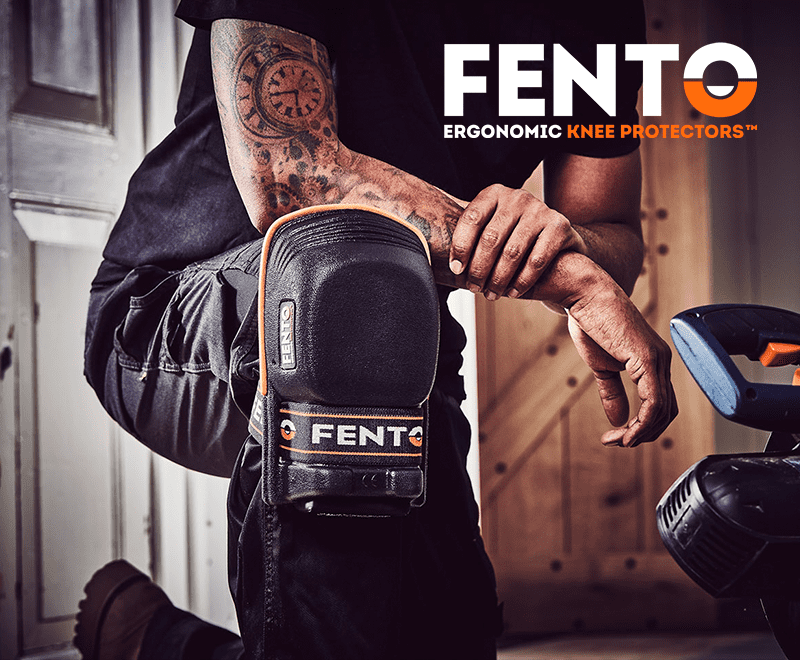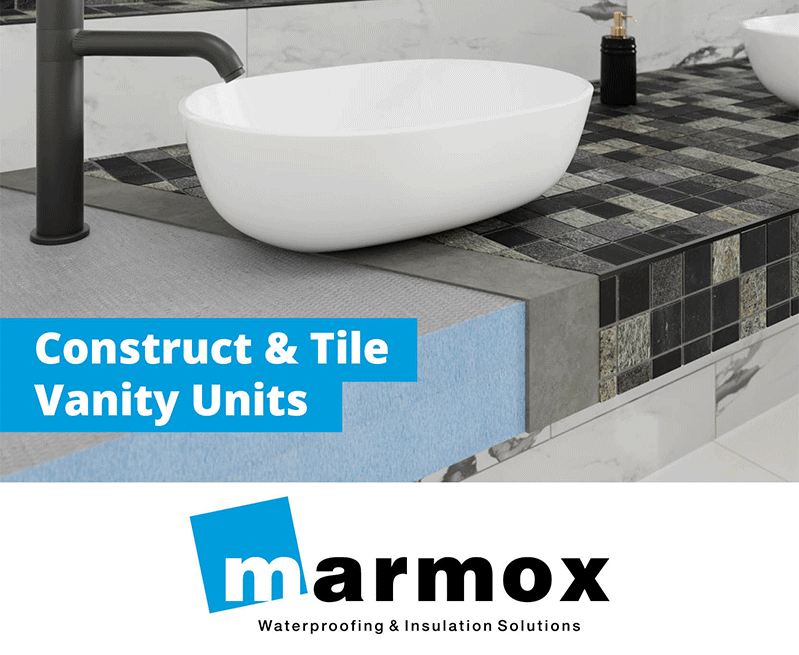A decoupling membrane provides a protective barrier between the tile and the substrate. Jim Percival, technical director at Palace Chemicals, looks in more detail at the benefits of their use.
Installing a decoupling membrane or mat is the best way to ensure a long-lasting, crack-free tiling installation for internal and external projects.
A decoupling membrane comprises a thin, flexible layer which is laid between the substrate and the tile. Its primary function is to decouple or isolate the tile from that substrate. This addition to the tiling build-up prevents the transfer of lateral stress or movement in the substrate to the tiles. It can also simply enable better adhesion of the tiles where there are cracks, gaps and imperfections in the substrate.
It’s important to be aware of the different types of decoupling membranes, including decoupling/uncoupling membranes, anti-crack membranes and heating mats. For determining which type is most suited to a particular job, the best advice is always to refer to the manufacturer’s guidance.
Lateral substrate movement can occur owing to factors such as temperature changes (causing either expansion or contraction); structural settling or moisture-related swelling or shrinkage.
Some high quality decoupling mats are less than 1mm thick, adding no unnecessary thickness to the build-up and they can reduce the amount of adhesive required by up to 30%. This is because they provide a much more stable and even surface for the tile adhesive than will be provided by the bare substrate.
They’re beneficial to protect the tile or natural stone from lateral stresses which can occur between the substrate and the tile or natural stone covering. Because of their role in isolating the tiled finish from the substrate, they’re particularly important in installations where underfloor heating is installed, as they’ll protect the surface layer from any cracking or shrinkage which might occur in the substrate owing to temperature changes.
Decoupling mats provide a solution by creating a buffer between the heating system and the tile covering. This helps isolate cracks caused by temperature differentials and substrate shifts, ensuring the longevity of the tiled finish.
They can also enable fast track installation onto screeds, since they’ll prevent any residual moisture in the screed passing upwards to the tiling and protect the tiling from any drying shrinkage in the substrate.
Some types of membrane can additionally provide a waterproofing layer, making them particularly suitable for use in wet areas. This will also have the additional benefit of protecting the grout lines from efflorescence caused by moisture rising from the substrate.
The topic of tile fixing to timber is a controversial one, and the ideal solution is undoubtedly the use of a bespoke tile backer board. However, the relevant British Standard BS 5385-3: 2024 does permit the fixing of tiling to a timber substrate if a decoupling membrane is included in the build-up – providing yet another benefit of their use.
It should also be noted that the use of decoupling mats is especially recommended for installations where fashionable large format tiles are being laid. These are especially prone to substrate stress cracking owing to their size, so a separation between the tile and any movement in the substrate below or behind the tile is advantageous to ensure a problem-free and long-lasting result.
sales@palacechemicals.co.uk
www.palacechemicals.co.uk










